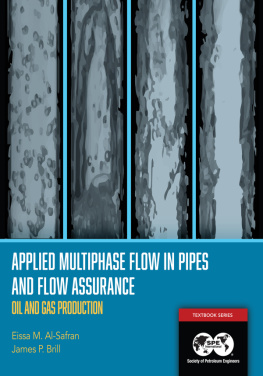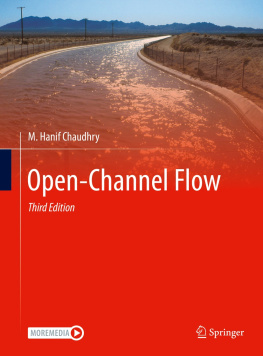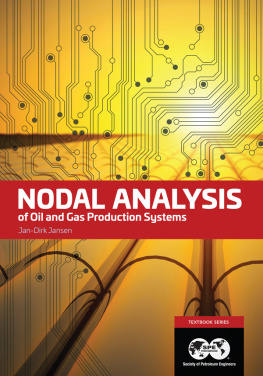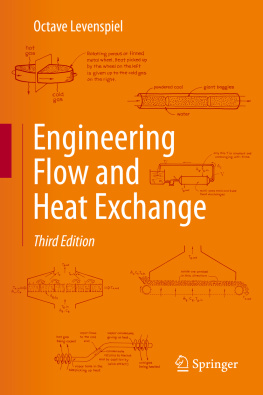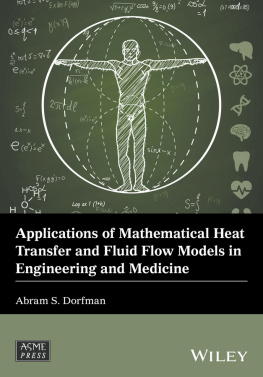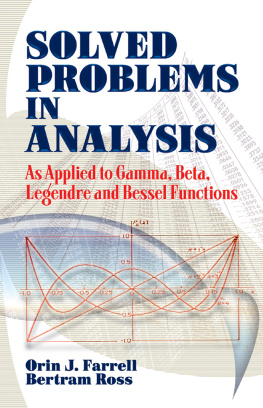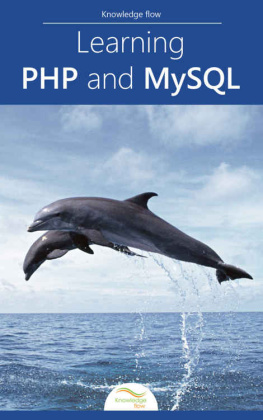Table of Contents
Applied Multiphase Flow in Pipes and Flow Assurance
Oil and Gas Production
Applied Multiphase Flow in Pipes and Flow Assurance
Oil and Gas Production
Eissa M. Al-Safran
Kuwait University
James P. Brill
University of Tulsa
Society of Petroleum Engineers
Copyright 2017 Society of Petroleum Engineers
All rights reserved. No portion of this book may be reproduced in any form or by any means, including electronic storage and retrieval systems, except by explicit, prior written permission of the publisher except for brief passages excerpted for review and critical purposes.
Printed in the United States of America.
Disclaimer
This book was prepared by members of the Society of Petroleum Engineers and their well-qualified colleagues from material published in the recognized technical literature and from their own individual experience and expertise. While the material presented is believed to be based on sound technical knowledge, neither the Society of Petroleum Engineers nor any of the authors or editors herein provide a warranty either expressed or implied in its application. Correspondingly, the discussion of materials, methods, or techniques that may be covered by patents implies no freedom to use such materials, methods, or techniques without permission through appropriate licensing. Nothing described within this book should be construed to lessen the need to apply sound engineering judgment nor to carefully apply accepted engineering practices in the design, implementation, or application of the techniques described herein.
About the Cover
The cover of this book and its color represent important aspects of multiphase flow in pipes, flow assurance, and the challenging environment often encountered when producing oil and gas. It shows the geometrical distributions or flow patterns that can exist when oil and natural gas flow simultaneously in producing vertical wells and risers. The prediction of multiphase flow patterns in pipes at any inclination angle is always a critical initial step in the simulation of flow behavior in hydrocarbon production systems. Knowledge of the flow pattern is necessary for predicting not only pressure drop in pipes, but also many of the flow assurance issues that must be considered when designing and operating production systems. The blue background of the cover represents deep-sea-water, which has often been the most challenging operating environment and the reason for many flow assurance issues.
ISBN 978-1-61399-492-4
First Printing 2017
Society of Petroleum Engineers
222 Palisades Creek Drive
Richardson, TX 75080-2040 USA
http://www.spe.org/store
1.972.952.9393
Acknowledgments
The authors gratefully acknowledge the petroleum engineering programs at Kuwait University and the University of Tulsa for their support during the preparation of this textbook. As we taught production and design classes at these universities, it became increasingly apparent that an undergraduate textbook that includes modern multiphase flow in pipes technology and its role in flow assurance of production systems simply did not exist.
Much of the technology for predicting the behavior of multiphase flow in pipes and selected areas of flow assurance has been developed over the past 40 years by graduate students, faculty, and staff of the Tulsa University Fluid Flow Projects (TUFFP). The authors gratefully acknowledge the tremendous support of the 80 domestic and international oil and gas production, service, consulting, and software companies and government agencies that provided TUFFP funding for this technology development.
Many close friends and colleagues contributed significantly with independent reviews and discussions of various parts of the textbook. Mack Shippen of Schlumberger played a major role as the first SPE technical editor for the textbook, and also in strongly encouraging us to include a chapter on a new unified model for predicting multiphase flow behavior. Excellent reviews of all chapters were submitted by SPE committee members Rob Sutton, Tom Danielson, Norm McMullen, and Shaya Movafaghian. Trevor Hill provided a marvelous independent review of the flow assurance chapter. Tulsa University professors Holden Zhang, Eduardo Pereyra, and Cem Sarica did the same for the unified model chapter. Carlos Torres, professor of mechanical engineering at the University of Los Andes in Merida, Venezuela, and a visiting scholar at TUFFP, played a key role in making improvements in the computational procedure and in verification of example problems in .
Finally, we are indebted to Mattie Tanner, former SPE senior staff editor, Leah Miller Guindon, former SPE staff editor, and Jane Eden, SPE editorial services manager, all of whom served as technical editors for the textbook during the final reviewing and subsequent tasks related to the printing process.
This textbook is dedicated to Al-Safrans parents and Brills family.
Preface
Why This Book?
Since there are several books available on multiphase flow in oil and natural gas production, why have we written this textbook? Existing books fall into two groups: older books, which miss the recent advancements in multiphase flow, and newer books, which focus on the complex mathematical formulations of recent multiphase flow modeling and are not appropriate for undergraduate students. This textbook responds to the need for a more current source that is simple to read and understand and also presents recent advancements and applications of multiphase flow in production engineering. The main characteristics of this textbook are
A current, yet application-focused and simple-to-read textbook on multiphase flow in pipes.
A book to equip petroleum engineers with an appropriate understanding of multiphase flow in pipes necessary to efficiently use the steady-state simulators available in the industry.
A book that focuses on the fundamental physics of multiphase flow and provides simplified mathematical models, which makes it a practical book for undergraduate petroleum engineering students and practicing engineers.
Central Idea
The central idea of this textbook is to convey the process of designing and operating the components of a petroleum production system that involve multiphase flow, as shown in the inner circle of . This requires determining the multiphase flow pattern, liquid volume (holdup), and pressure gradient along the piping system, as shown in the middle circle of Fig. 1. The input parameters to determine these three variables are the in-situ fluid physical properties and flow rates. This textbook takes the reader from the outer circle inward in a step-by-step and simple approach, providing the conceptual understanding and mathematical tools to carry out a design and/or operational study.

